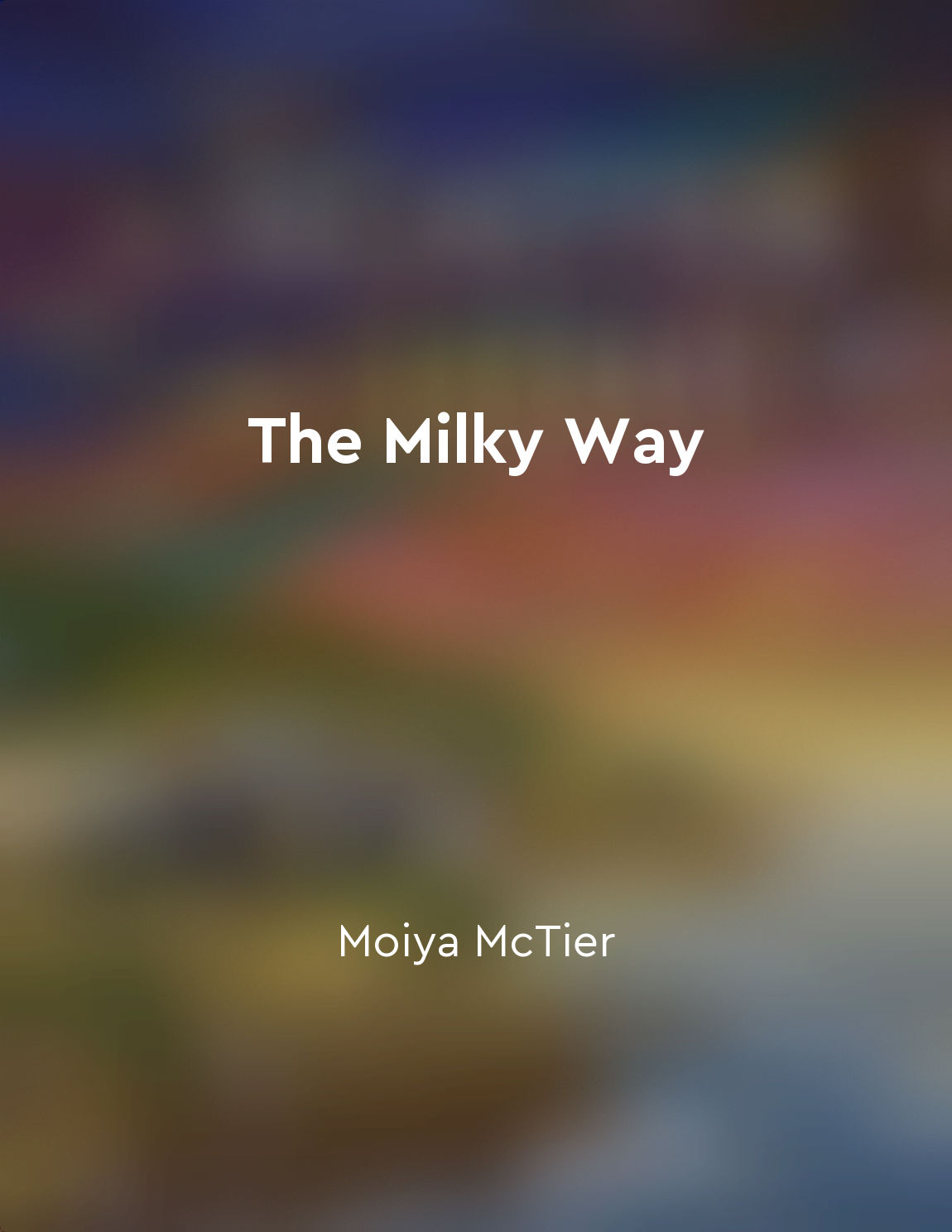The Milky Way's halo contains old stars and globular clusters from "summary" of The Milky Way by Moiya McTier
The Milky Way's halo is home to some of the oldest stars in our galaxy. These stars formed billions of years ago, making them ancient remnants of the early universe. They are found in the outer regions of the Milky Way, far away from the crowded star clusters and spiral arms that dominate the galaxy's central disk. In addition to old stars, the halo also contains globular clusters. These dense, spherical collections of stars orbit the center of the Milky Way in a halo-like fashion. Like the halo stars, globular clusters are ancient structures that have been around since the early days of the galaxy's formation. They contain some of the oldest stars in the Milky Way, making them valuable tools for studying the history of our galaxy. The presence of old stars and globular clusters in the Milky Way's halo provides important clues about the galaxy's past. By studying these ancient structures, astronomers can piece together the timeline of events that led to the formation of the Milky Way as we know it today. They can also learn more about the processes that shaped the galaxy over billions of years, shedding light on its evolution and development.- The Milky Way's halo is a treasure trove of information about the galaxy's history. The old stars and globular clusters found in this region offer valuable insights into the origins and evolution of our galactic home. By studying these ancient structures, astronomers can uncover the secrets of the Milky Way's past and gain a deeper understanding of the universe in which we live.


